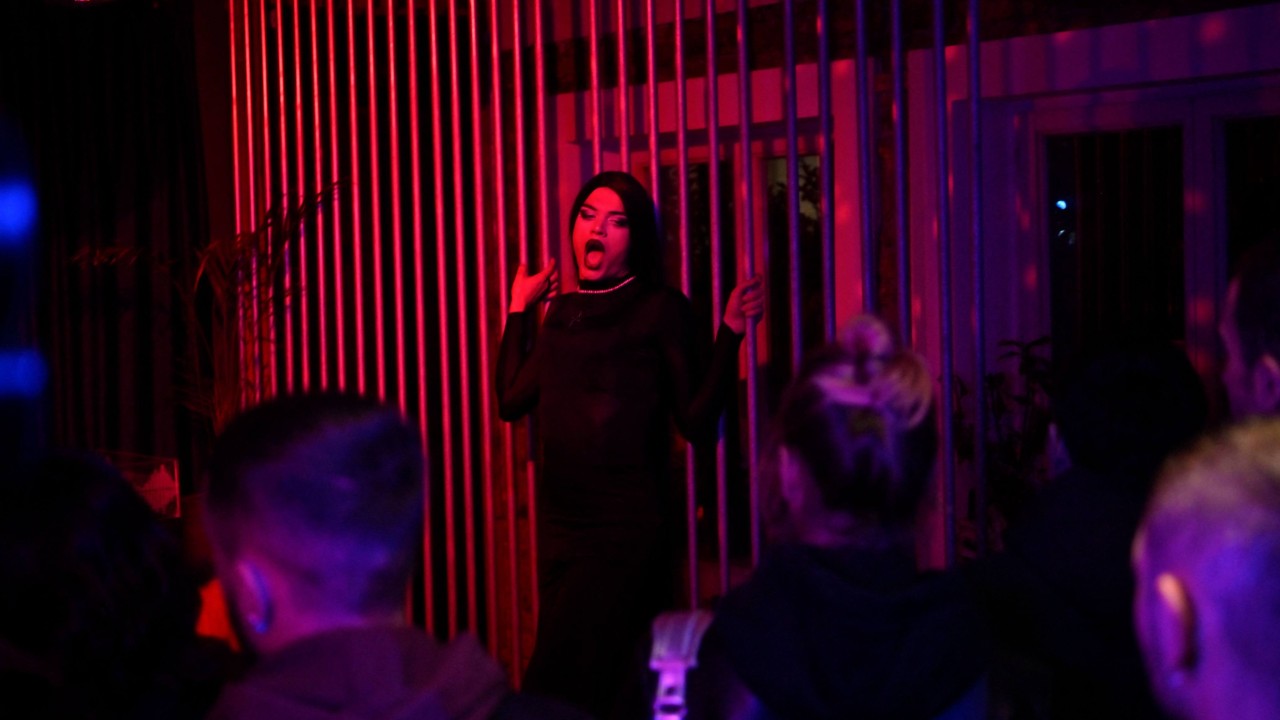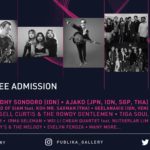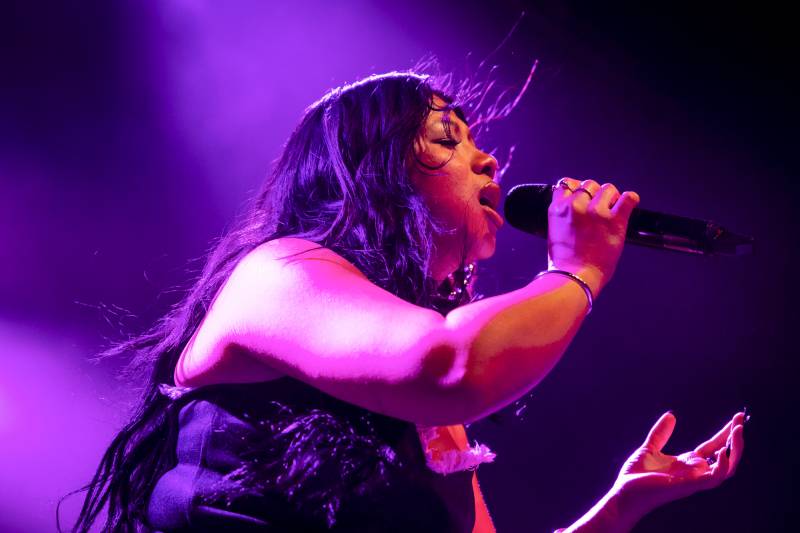Spectral Days
2013 - Drawing & Print (Drawing & Print)
Variable dimension
Setareh Shahbazi
Shahbazi’s early drawings in the series “Oh No…” are reminiscent of comic strips or children’s coloring books. Subjects are rendered graphically and set against flat solid colors. The origin of these drawings is a mix of her own collection of images and the Arab Image Foundation’s collection in Beirut, Lebanon. Shahbazi’s most recent work “Spectral Days” takes an introspective turn through a series of photomontages that are based on hundreds of roughly scanned family photographs. Creating spectral figures, Shahbazi delves into the loaded history of her family’s exile from Iran following the revolution. Like the rest of her work, which is built on the logic of free association, these images resist a literal or a linear reading while simultaneously speaking of and surpassing the context from which they were born. Shabazi’s solo presentations are often playful, her photographs of various sizes dialogue with contextual objects and architectural elements.
Setareh Shahbazi’s projects often begin with photographs: images from collections, snapshots taken by the artist, family photos, film stills, postcards and newspaper clippings. With a playful irreverence to the sanctity of a photograph as a mirror of reality, Shahbazi drains details out of images. Using digital manipulation, she breaks down images into visual components, and seamlessly reorders what she extracts into new compositions that are at once familiar and strange. Ancient, classical and modernist structures sit side by side with depictions of birds, foliage and family members, muddling our sense of time and place and activating our imagination to suggest the possibility of infinite narrative variations. Shahbazi’s work is both a very personal universe and yet, she repeats and develops an idiosyncratic elements that becomes almost a code or an invented language.
Colors:
Related works sharing similar palette
» see more

© » SOUTH CHINA MORNING POST
‘A statement in itself’: Muslim-majority Kosovo’s first LGBTQ bar is a symbol of tolerance in a once oppressive society | South China Morning Post Advertisement Advertisement Food and Drinks + FOLLOW Get more with my NEWS A personalised news feed of stories that matter to you Learn more A drag performer kisses a girl during a drag show at Muslim-majority Kosovo’s first LGBTQ bar, Bubble...

© » ARTS EQUATOR
Weekly Picks: Malaysia (6 – 12 Aug 2018) | ArtsEquator Thinking and Talking about Arts and Culture in Southeast Asia Weekly To Do August 6, 2018 The Fall of the House of Usher , Lot’ng Arts Space, 2–12 Aug Promising a twisted journey into the mind of a mysterious house and the equally enigmatic residents...

© » KQED
Thuy Makes a Stunning Return to the Bay, Inspires the ‘Most Wholesome Mosh Pit Ever’ | KQED Skip to Nav Skip to Main Skip to Footer Arts & Culture Thuy Makes a Stunning Return to the Bay, Inspires the ‘Most Wholesome Mosh Pit Ever’ Olivia Cruz Mayeda Dec 18 Save Article Save Article Failed to save article Please try again Facebook Share-FB Twitter Share-Twitter Email Share-Email Copy Link Copy Link Thuy performs to a sold out audience at the Warfield on Dec...
Related artist(s) to: Setareh Shahbazi » Ashkan Sepahvand, » Molly Nesbit, » Shahab Fotouhi, » Anton Vidokle, » Antonia Carver, » Binna Choi, » Charles Esche, » Dana Farouki, » Daniel Berndt, » Farhad Fozouni
» see more

© » KADIST
Shahab Fotouhi
2013Shahab Fotouhi’s photographic series Establishing Shot; Interior, Night – Exterior, Day; without Antagonist and Extra consists of four C-prints that at first glance would appear to be travel posters for Iran, in that each features a beautifully shot image of an Iranian waterfall...

© » KADIST
Anton Vidokle
2020Shot in Oliveto Lucano, a village in the south of Italy, AUTOTROFIA (meaning self-eating) by artist Anton Vidokle is a cinéma vérité style film that slides fictive characters into real situations, and vice-versa, to draw a prolonged meditation on the cycle of life, seasonal renewal, and ecological awareness...
Related works found in the same semantic group
» see more

© » KADIST
Xaviera Simmons
2019Xaviera Simmons often employs her own body and collected materials in the service of her photographs and performances...

© » KADIST
Teresa Burga
2019In her new series titled Ninas Peruanas Cusquenas , Teresa Burga depicts young indigenous women from Peru’s Andean region, dressed in traditional garments...

© » KADIST
Minia Biabiany
2020Musa is a visual and textual work by Minia Biabiany and the starting point of a broader research around the sexuality of Caribbean women, the historical legacy of slavery, and the artist’s own female lineage...


